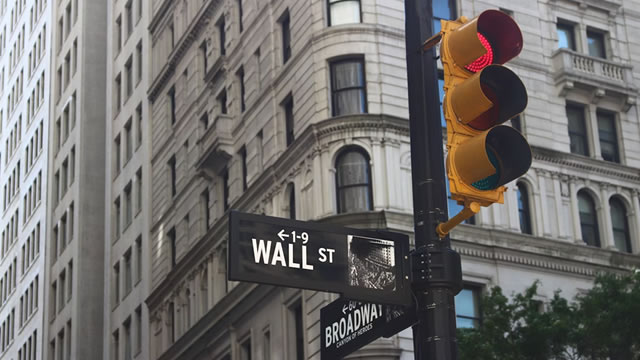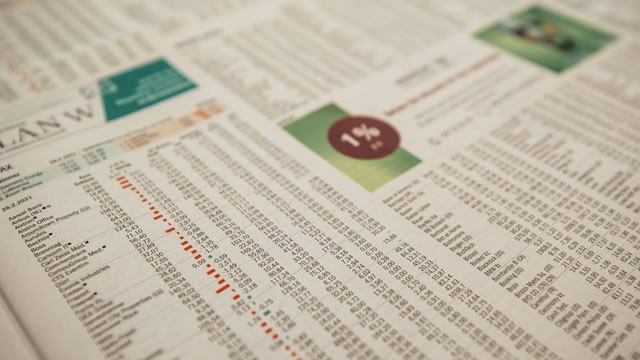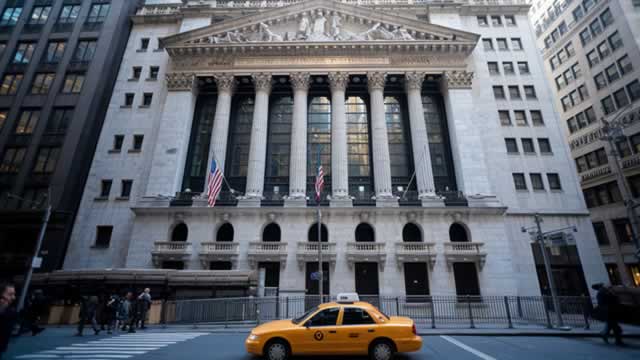 Exhausted Enthusiasm: When the Market Takes a Breath
Exhausted Enthusiasm: When the Market Takes a Breath
Have you ever felt the excitement of watching your portfolio soar, only to be followed by the disappointment of a sudden market correction or meltdown? Well, you’re not alone. The stock market is a living, breathing entity, and like all living things, it needs to rest and rejuvenate from time to time.
The Enthusiasm-Exhaustion Cycle
The stock market is fueled by the collective enthusiasm of investors. When the market is on an upward trend, it’s easy to get caught up in the buying frenzy. But what goes up must come down, and when the enthusiasm wanes, the market can experience a correction or meltdown.
Market corrections are relatively small declines in the market, typically ranging from 10% to 20%. Meltdowns, on the other hand, are more severe, with declines of 30% or more. Both corrections and meltdowns can occur for various reasons, but one common factor is the exhaustion of buying enthusiasm.
Markets and Index ETFs: Peak Performance on Low-Volume Days
Interestingly, markets and index ETFs often peak on low-volume days with reduced price volatility. This may seem counterintuitive, as one would assume that the market would be more stable during periods of high volume. However, low-volume days can be a sign that the market is due for a correction or meltdown.
During periods of high enthusiasm, investors are eager to buy, driving up the volume of trades. However, when the market starts to show signs of exhaustion, the volume of trades decreases. This reduction in volume can make it easier for large institutional investors to sell off their holdings, leading to a sudden and significant decline in the market.
The Impact on You: Protecting Your Portfolio
As an individual investor, it’s important to be aware of the signs of market exhaustion and take steps to protect your portfolio. Here are a few strategies:
- Diversify: Don’t put all your eggs in one basket. Diversify your portfolio across different asset classes, sectors, and geographic regions.
- Monitor Your Holdings: Keep an eye on your investments and be prepared to sell if necessary. Set stop-loss orders to limit your losses.
- Stay Informed: Keep up-to-date with the latest market news and trends. Understand the factors driving the market and be prepared for potential volatility.
The Impact on the World: Global Markets and Economic Consequences
The consequences of market corrections and meltdowns can be far-reaching, affecting not only individual investors but also entire economies. Here are a few potential impacts:
- Economic Downturn: Market corrections and meltdowns can lead to economic downturns, as businesses and consumers lose confidence and reduce spending.
- Job Losses: Companies that are heavily reliant on the stock market for funding may be forced to lay off workers during a market downturn.
- Government Intervention: Governments may intervene in the market to stabilize it, leading to increased debt and potential inflation.
Conclusion: Riding the Rollercoaster of the Stock Market
The stock market is a rollercoaster ride, with its ups and downs fueled by the collective enthusiasm and exhaustion of investors. While it’s impossible to predict when the market will correct or meltdown, being aware of the signs and taking steps to protect your portfolio can help mitigate the impact. And remember, the market is just one part of the larger economic ecosystem, and its fluctuations can have far-reaching consequences.
So, buckle up and enjoy the ride, but always be prepared for the occasional dip or drop. And if you ever feel overwhelmed, remember that the market will eventually recover, and the sun will rise once again.


 Exhausted Enthusiasm: When the Market Takes a Breath
Exhausted Enthusiasm: When the Market Takes a Breath


